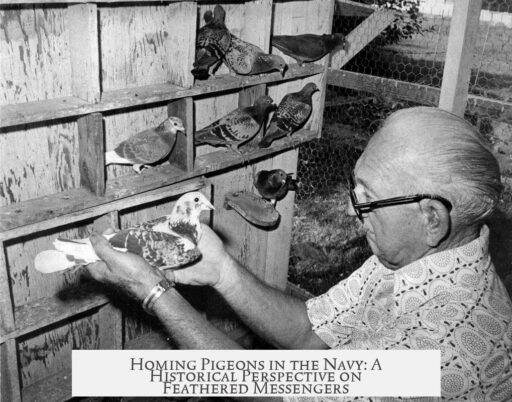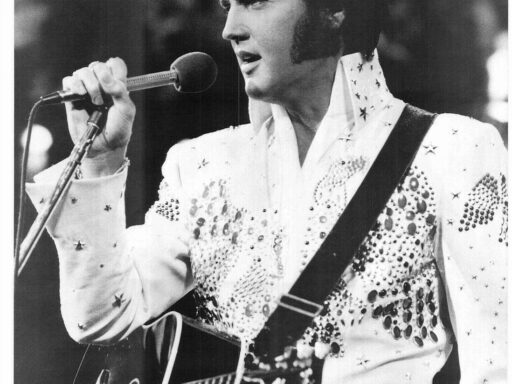Homing pigeons were indeed used by navies, primarily for ship-to-shore messaging during World War I. However, their use was limited by the need for a fixed home location, making communication between moving ships or from shore back to ships largely impractical and short-lived.
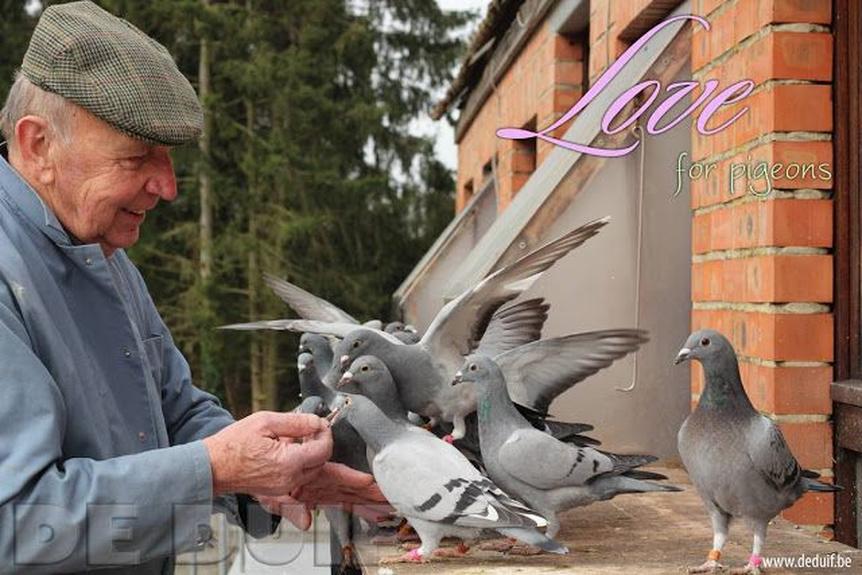
Homing pigeons rely on a fixed point to which they return. This inherent limitation restricts their use at sea, where ships are constantly moving. Fleets at sea lack a stable location to which pigeons can home. Consequently, using pigeons to communicate between ships or from shore to a ship at sea was never feasible over long periods.
Naval use of pigeons took place mainly during the early 20th century, especially in World War I. It marked a brief window between the development of pigeon-fancying and the rapid adoption of wireless communication onboard naval vessels. By the end of the war, wireless telegraphy had become common even on smaller ships, rendering pigeon messaging obsolete.
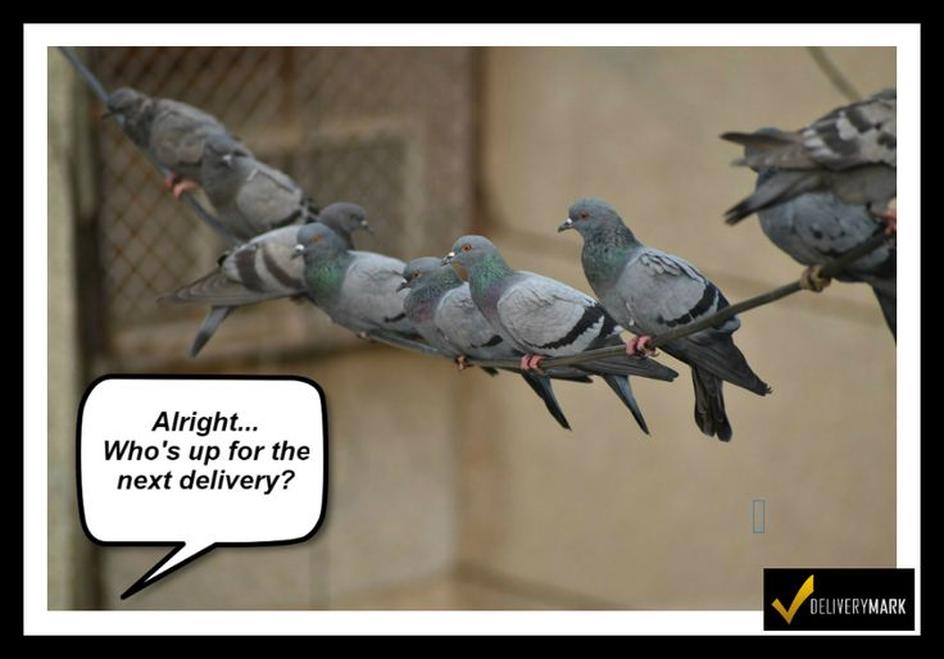
The primary success of homing pigeons in naval operations was their use in one-way communication from ships at sea back to shore. Coastal pigeon lofts were established near naval facilities. Pigeons were brought aboard ships as they left port; when a message needed sending, the pigeon would be released to fly back to its fixed loft on land.
- Pigeons covered impressive distances, sometimes returning from as far as 250 miles offshore.
- This method provided a reliable way to relay intelligence and urgent messages from ships patrolling near coastlines.
There were considerable challenges in trying to use pigeons for communication within fleets or from shore-to-ship. For these scenarios to work, a pigeon loft needed to be established on each ship to raise birds that could home back to the moving ship. The practical difficulties included:

- Whether pigeons could adapt to life on fast-moving vessels over long voyages.
- If pigeons could learn to home to ships that constantly changed location.
- The impact of naval gunfire, weather, and other hazards on their homing abilities.
These challenges were never fully overcome. Attempts to raise pigeon lofts aboard ships yielded mixed and generally unsatisfactory results.
During World War I, the British effectively exploited homing pigeons to support naval and aerial patrols. Lieutenant-Colonel Alfred Osman, a key figure leveraging pigeon-fancying networks, organized coastal loft chains along Britain’s east coast. Pigeons were supplied to trawlers and seaplanes patrolling the North Sea.
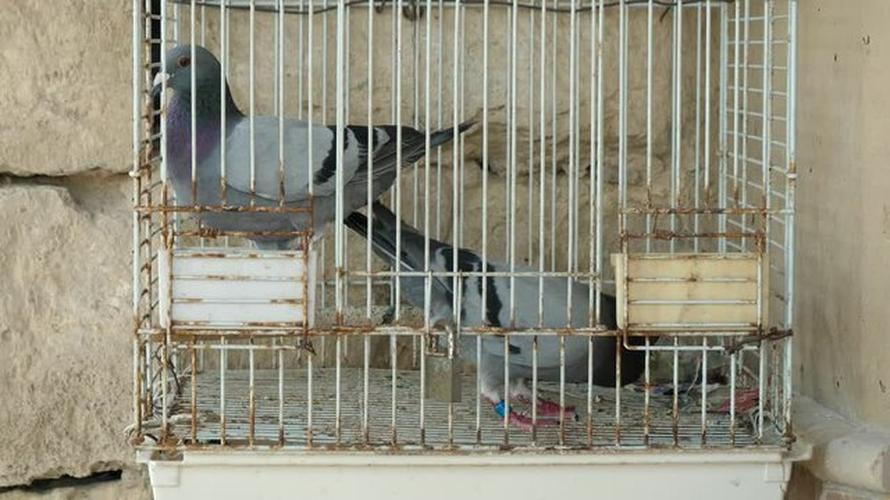
These pigeons performed vital service:
- They transmitted urgent reports of enemy naval movements back to shore before wireless telegraphy became widespread.
- They carried SOS messages from downed airmen in the North Sea, saving lives by providing reliable location signals to rescuers.
British pigeons were trained to fly distances between 70 and 150 miles swiftly, showcasing impressive feats of endurance and navigation.
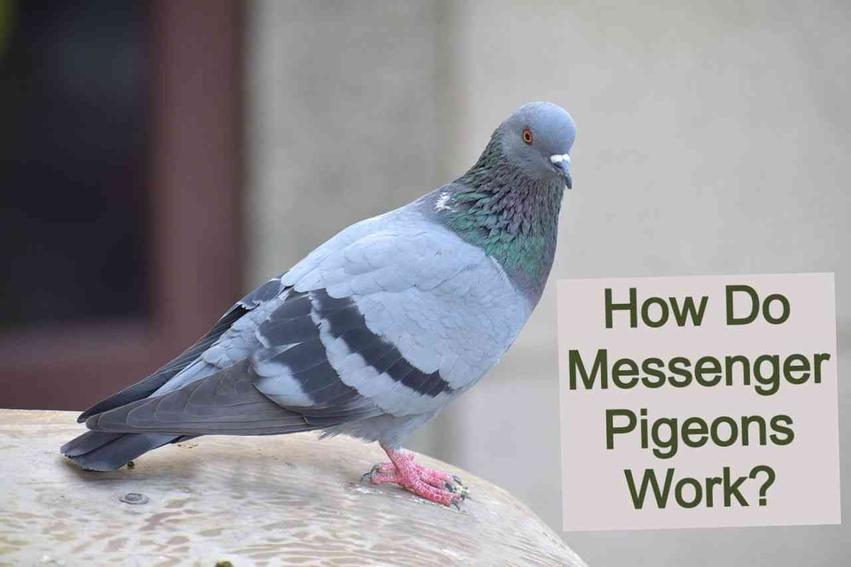
The US Navy conducted experiments with homing pigeons for over 30 years, focusing on intra-fleet and shore-to-ship communication in the late 19th and early 20th centuries. Despite prolonged efforts, results were inconsistent, and the method failed to become operationally reliable.
Wireless communication technologies quickly rendered pigeon messaging obsolete. Wireless telegraphy allowed instantaneous two-way communication between moving ships, land stations, and fleets, solving issues that pigeons could never overcome.
| Aspect | Details |
|---|---|
| Primary Use | One-way ship-to-shore messaging |
| Limitations | Requires fixed home loft; impractical for ship-to-ship or shore-to-ship |
| Major Users | British Navy during WWI; US Navy experimental efforts |
| Operational Period | Early 20th century, mainly WWI; declined after wireless radios’ adoption |
| Success Stories | North Sea SOS messages; intelligence from patrolling vessels |
The use of other messenger birds in the navy is less documented. The unique homing ability of pigeons made them ideal and nearly exclusive candidates. Other bird species generally lack the same reliable navigational skills necessary for timely military communications.
In summary:
- Homing pigeons served navies as one-way communicators from ships to fixed shore bases.
- They were mainly used during the early 1900s, particularly WWI.
- Efforts to use pigeons for ship-to-ship or shore-to-ship messaging met significant obstacles.
- British forces achieved notable success in the North Sea with pigeon transmissions supporting naval and air units.
- The US Navy experimented for decades but could not operationalize pigeon communication across fleets.
- Wireless communication soon replaced pigeons as the primary naval messaging tool.
Have Homing Pigeons Ever Been Used in the Navy? A Feathered Tale of Naval Messaging
Yes, homing pigeons have been used in the Navy, but not quite the way Hollywood might imagine them swooping between warships mid-battle. Their use was mainly for ship-to-shore communication during early 20th-century naval conflicts, especially World War I. But their feathered careers were short-lived, replaced swiftly by wireless technology.
Now, let’s unpack this unexpected chapter in naval history. It’s a story of feathers, fleets, and fleeting moments of avian glory amidst the roaring waves and crackling radios.
Why Pigeons, Of All Birds?
Homing pigeons have an uncanny knack for finding their way home from long distances. This navigational ability, partly shrouded in mystery, depends on a fixed “home” location – known as the loft. The bird needs a consistent point to return to, making it uniquely suited as a one-way messenger.
However, this intrinsic requirement places pigeons at odds with the very nature of naval fleets at sea. Fleets are perennially on the move. Imagine a pigeon trying to find a home that’s constantly packing up and sailing off– the poor bird would get dizzy, confused, or worse.
Because of this, homing pigeons cannot facilitate communication between ships (intra-fleet) or from shore back to ships (shore-to-ship). They simply can’t “unlearn” their original loft and adapt to a mobile one onboard a vessel.
A Brief Window of Opportunity: Pigeons at Sea in the Early 1900s
The period when pigeons truly strutted their stuff in the navy was short. Snapshot it: From the dawn of World War I until the nascent but game-changing wireless telegraphy took over. After that, pigeons became history’s most charming anachronism in naval warfare.
During WWI, homing pigeons became an essential communication lifeline, particularly when wireless radios were bulky, expensive, or unreliable. Ships would carry pigeons to send messages back to coastal bases. Successful flights reached distances of up to 250 miles. That’s like a marathon for a feathered courier!
Ship-to-Shore Messaging: Pigeons’ Naval Sweet Spot
The navies, especially the British, caught on quickly. They set up coastal lofts, raised flocks, and hawked pigeons aboard vessels and seaplanes patrolling risky waters like the North Sea. This system allowed ships to discreetly send messages, including alerts about enemy movements, back to the mainland.
Lieutenant-Colonel Alfred Osman spearheaded this effort for Britain. He recruited pigeon breeders to support the war cause. By early 1915, a chain of coastal lofts was active, supplying birds for patrols. The pigeons could speed their way over the roaring sea, avoiding hostile fire and the limitations of early radios.
The birds deserved medals. Some saved dozens of downed airmen by ferrying SOS messages from seaplanes that ditched in harsh waters. Imagine crashing in freezing waves, clutching hope to a tiny bird trapped in your jacket—a literal lifeline.
Attempting the Impossible: Pigeons Between Ships and Shore-to-Ship Messages
Yet, the dream of pigeons zipping perfectly between moving ships or from land to ship remained elusive. Naval planners tried raising pigeons on ships themselves to enable shore-to-ship or intra-fleet messaging. But the results were mixed, and mostly disappointing.
Why? For starters, living on a ship is unstable for a bird used to solid ground. Pigeons exposed to naval artillery fire sometimes lost their way. Ships constantly sailed to different ports, disrupting any chance pigeons had to develop homing instincts based on a fixed loft.
Those challenges sealed the deal. Homing pigeons couldn’t be trusted for truly flexible or two-way communication at sea.
Across the Pond: US Navy’s Feathered Experiments
The US Navy didn’t shy away from trying. From the 1890s through the 1920s, they embarked on extensive pigeon trials. The goal? To crack the code of intra-fleet and shore-to-ship messaging with feathered messengers. Despite three decades of effort, the results were “mixed,” polite navy-speak for “meh.”
These experiments included lofts on ships, trials of birds’ sea endurance, and attempts to overcome the movement problem. Some messages got through, but the system never surpassed experimental status. By the roaring twenties, reliable wireless gear had become compact and affordable, rendering pigeon messaging obsolete.
Irreplaceable But Temporary: Why Wireless Won the War
Wireless technology offered real-time, two-way communication that the rudimentary pigeon method could never match. While pigeons had a fixed home requirement, radios did not. Ships could coordinate maneuvers, share tactical updates, and call reinforcements instantly.
Pigeons work perfectly when there’s a fixed home. Wireless works perfectly wherever there’s a signal. For a moving, fast-paced naval theater, guess which wins? Exactly.
Lessons From Our Feathered Friends
- One-way homing pigeons excelled at ship-to-shore messaging during World War I.
- They flew hundreds of miles over open ocean, demonstrating impressive endurance and reliability.
- Attempts to use pigeons for communication between ships or shore-to-ship failed due to their need for a fixed home loft and maritime challenges.
- The British Navy deployed a successful pigeon network that saved lives and relayed vital information in wartime.
- The US Navy’s decades-long trials had limited success and ultimately gave way to wireless communication.
Could Other Birds Fill the Gap?
Historically, messenger birds other than pigeons (like ravens or falcons) have appeared in land-based communications but never really took wing in naval use. Pigeons strike the balance of speed, endurance, homing ability, and trainability. No other messenger bird measures up for sea service challenges.
Final Thoughts: A Feathered Fable Worth Remembering
The Navy’s flirtation with homing pigeons offers a curious glimpse into a transitional era of technology. It’s a reminder that the march to wireless seas wasn’t a straight line but a patchwork of innovation, desperation, and sometimes, the humble power of nature’s aviators.
Next time you see a pigeon strutting city streets, imagine it once soaring boldly over stormy seas, carrying secrets that shaped battles. It’s a story of quirky ingenuity and nature’s odd contribution to modern naval history.
So, have homing pigeons ever been used in the Navy? Yes—but only where their unique homing instincts and terrestrial ties could shine. And when the wireless took over, these unlikely heroes gracefully exited the stage, leaving behind a legacy of courageous flights and feathered bravery.
